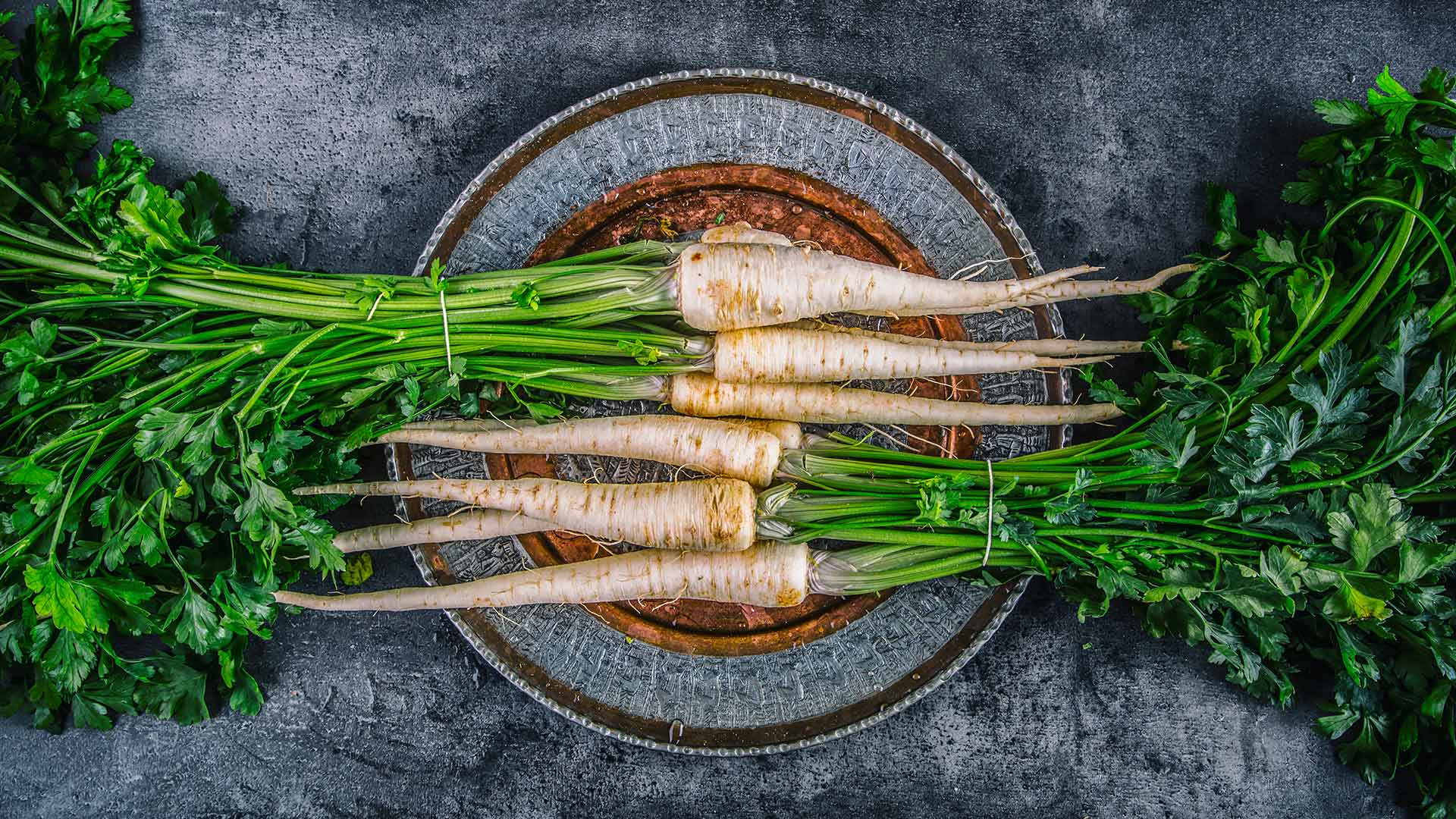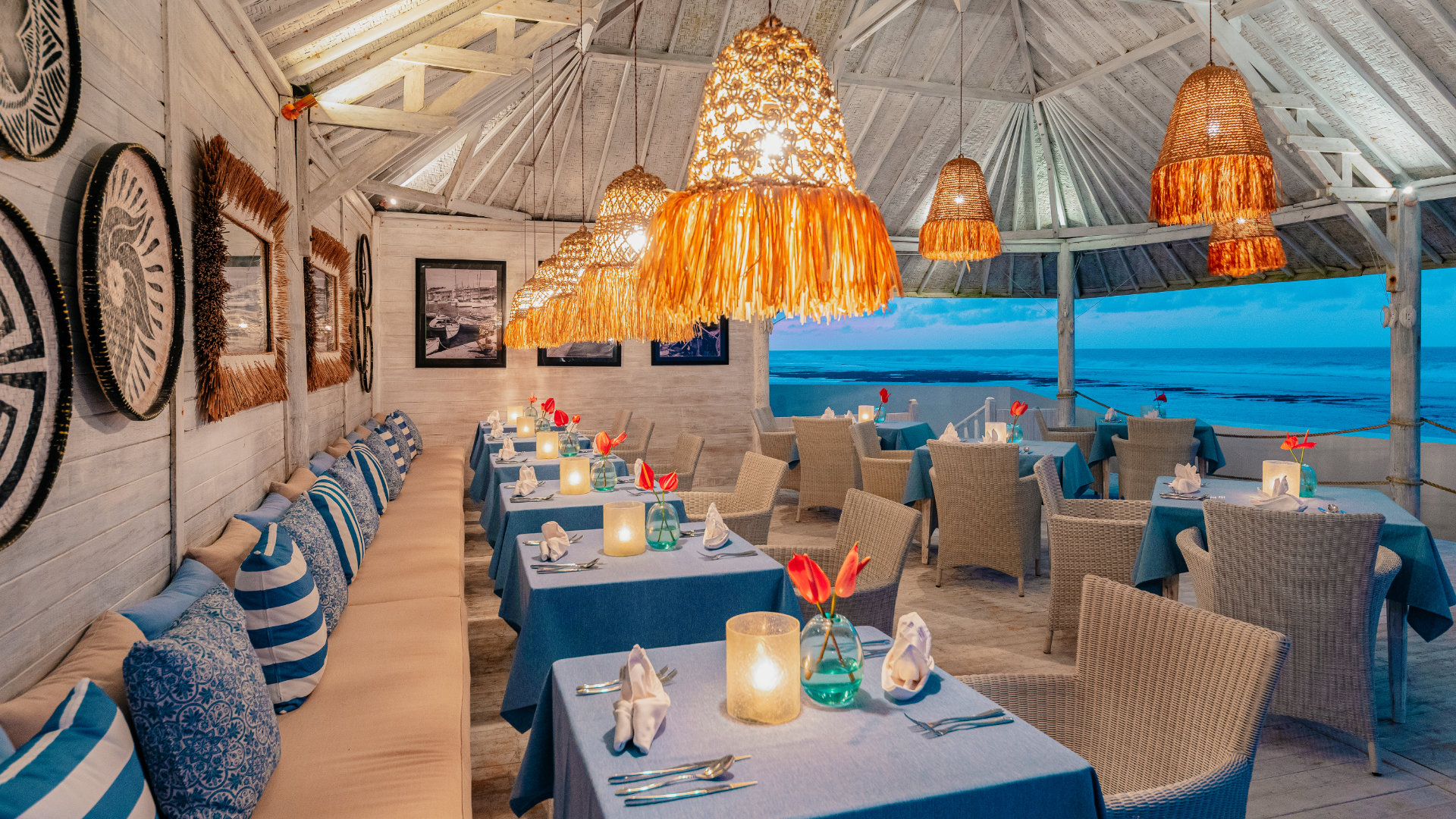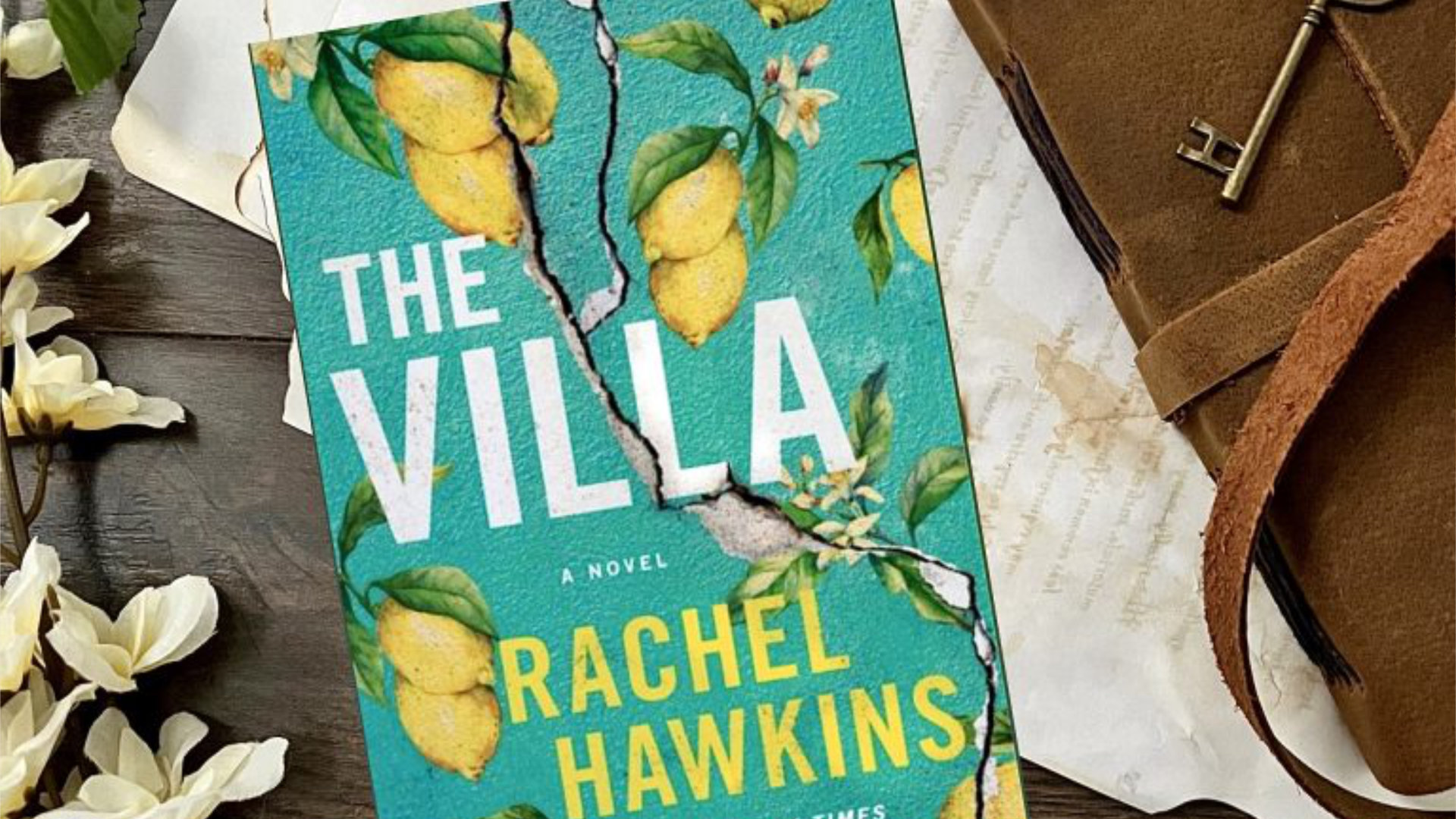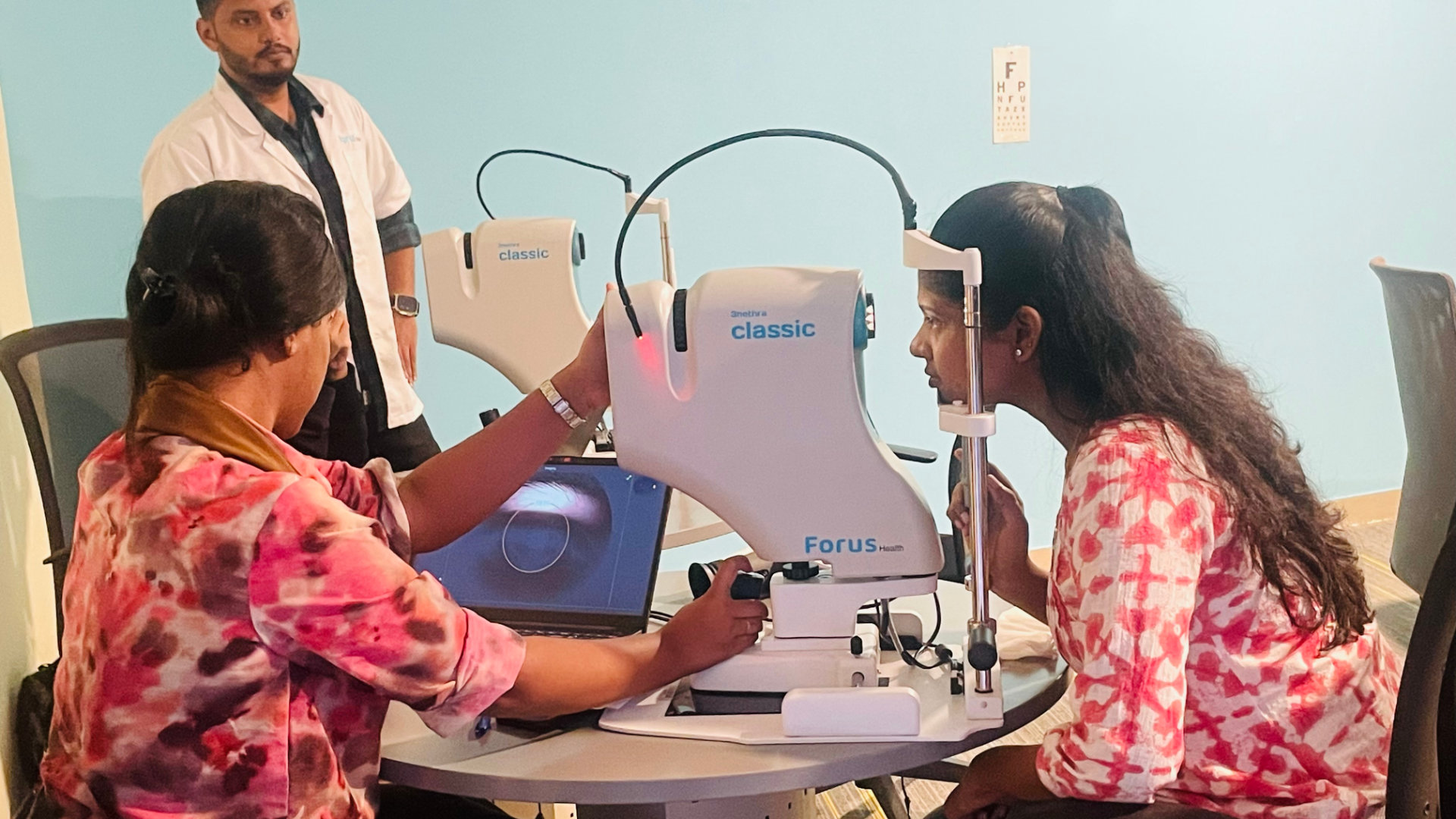Mark Taylor, Head Chef at Karma St. Martin’s resort, regales us with a delicious pan-seared scallops recipe to wow your guests at your next dinner party.
Parsnips (Pastinaca Sativa) and their close relations carrots, are part of the Apiaceae family. In this part of the world, they are usually picked after the first winter frost when they are sweeter in taste but they can be grown year-round. A native to Eurasia, cultivated since Roman times, parsnips are an extremely versatile root vegetable.
“I’m using parsnips to accompany a dish that I have long used on my menus. It’s a continually evolving recipe and here’s the latest rendition. This is a beautifully presented dish that can be presented in many ways – and will wow guests at your next dinner party.
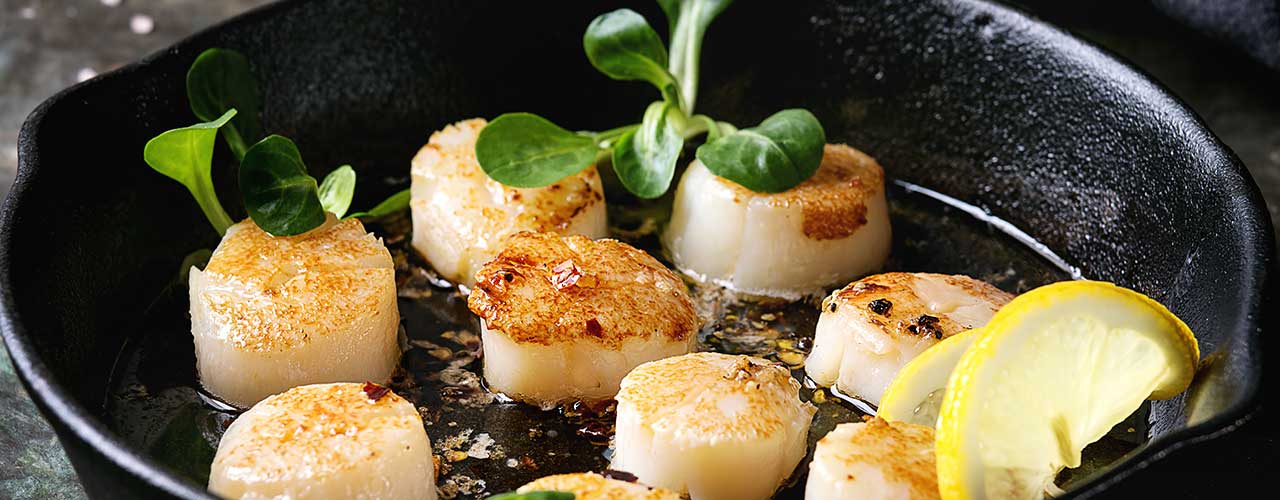
Pan Seared Scallops – Curried parsnip purée – Pomegranate
I usually work on a ratio of 3 scallops per person for a starter – 6 as main but it really depends on how generous you are feeling. Scallops cook incredibly well as they have a subtle sweetness, similar to lobster. This alongside the curried, earthy and natural sweetness of the parsnip purée, and the texture of the crisp skins and the tart pomegranate makes this well-rounded and balanced in flavour.
Scallop meat – try to find king scallops, as the queenies are usually a lot smaller. But I’ll let you be the judge of that.
Ingredients
- First step is to peel and core the parsnips – the longer they stay in the ground the harder and more woody the core becomes. This step may not be needed if using early season parsnips but can be remembered for a later date.
Do not discard the peelings – we will use them for a crispy garnish that adds extra texture to the dish.
Once peeled, chop to an equal size, place in a saucepan and cover with the double cream. Enough to just about cover the parsnips but not so they are swimming. Add the spices, the picked thyme and crushed garlic cloves and cook on a medium heat until the parsnips become soft. Meanwhile place the pomegranate juice and the redcurrant jelly in a saucepan and reduce by two thirds. The glaze should cover and hold on the back of a spoon. - When soft, strain the parsnip pieces through a sieve but retain the spiced cream. We will use it for the purée to ensure we get the right consistency, a bit like Goldilocks.
Place the parsnips into a food processor or blender and start on a very slow speed, whilst gradually adding the cream, then start increasing the speed. The mixture will start coming together as a puree – the consistency should resemble a really thick but smooth soup. Set the puree aside.
This step can be done in advance – just reheat the puree before serving along with the pomegranate glaze. - Using a deep fat fryer, or alternatively a saucepan and mesh strainer, gently fry the parsnip skins until they are a slight caramelised colour and crisp to the touch. After removing from the oil allow them to dry on some kitchen towel or a ‘j’ cloth. Lightly season with some sea salt and freshly ground pepper.
- Now it’s time for the scallops. Heat a frying pan large enough to fit the scallops – please don’t cramp too many at once as you won’t achieve the desired sear on the scallops. If you don’t have a frying pan big enough, please do in two or three batches.
This is how I cook all my scallops: I use the pan like a clock face. Allow the pan to get smoking hot and then add a little oil. Season the scallops lightly and place in the pan one at a time starting at 12 o’clock and working around clockwise. I use this method as it allows me to know which scallop went in first – I teach this to all my chefs at Karma St. Martin’s.
There’s a skill to cooking scallops but I would say they take no longer then 30-45 seconds to achieve the desired colour. Then flip them and remove from the heat. Whilst the pan is off the heat, add some butter to cool the pan and lemon juice to stop the cooking. Be careful as it will be hot. With a spoon, lightly baste the scallops and transfer them onto a piece of kitchen towel. - Now assemble the dish. Reheat the purée and glaze, if needed, and plate away. I have attached a picture of how I have presented this dish in the past.
On this note, I would love to see what you guys come up with so feel free to send In your photos karma.community@karmagroup.com

